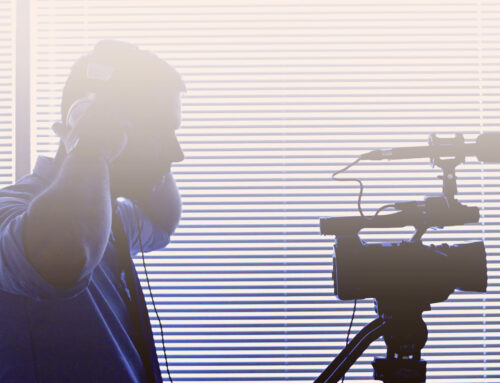Time and time again we hear the same plea from education coordinators: “I’d like to begin cultivating a dynamic and interesting online education culture for my organization, but there’s so much work to do considering we don’t have any online content, only pdfs and DVDs.”
It’s true, no one wants to be subjected to material consisting of seemingly miles long pages in pdf format and low quality DVDs that do not allow for interactivity. But, the good news is, all of that vital information found in your pdfs and DVDs can easily be transformed into engaging online content. Let’s break it down to a few simple steps:
- When considering the transformation of your pdfs and DVDs into engaging educational content in these extremely busy times, think portability. Portability adds limitless value to your program by allowing your learner to access that content anywhere, anytime usually via the Internet or mobile device. By meeting the expectations of your learner for portability you’ll get a more engaged, loyal learner that will come back for more content.
- Establish clear, achievable learning objectives at the very onset of a course. Everyone who’s received any sort of formal education should be familiar with the phrase “by the end of this course you should be able to”. When creating learning objectives consider:
- Having three to five goals ONLY for your learners to achieve throughout the course. Any more than this can come off as daunting and excessive.
- These goals should be included in your course summaries.
- Make certain that your course content adequately covers these goals. (We’ve all had an educator or two who’s missed this point with gravely disappointing results.)
- The course goals should be recapped as often as is possible and makes sense. (i.e. during chapter/unit summaries, examples)
- Always remember to divide and conquer! Provide your content in bite-sized pieces so as to not only avoid overwhelming your learners, but to ensure that they adequately absorb the material. Remember, the human attention span is about 15 to 20 minutes long when dealing with reading material. Not acknowledging this reality can be detrimental to the effectiveness of your courses.
You can achieve this by ensuring your pdfs and DVDs are reformatted in a way that shrinks information down to the essentials, bearing just enough details, examples and explanations as to avoid making the material nonsensical or unpalatable. Do this by breaking large chunks of information into just a few parts or bullet points and uniquely titled chapters. - Finally, Don’t forget multi-media! It’s the best way to make content interesting and digestible. Multi-media can enrich the learning experience, making the process more memorable and charming. Some ways to do this is by:
- Adding a glossary at the end of each chapter or unit
- Adding links to websites, articles, or videos that are relevant to the information being reviewed
- Adding images and diagrams where helpful
- Information broken down in a step-by-step format
- Including a forum where your learners can post questions up for peer discussion and review
No matter where you and your organization may find yourselves when considering what and how much viable educational content you may have, never count out what you’ve already developed. Sometimes the material you have just needs a few little upgrades in order to become high-demand, interesting educational content.






